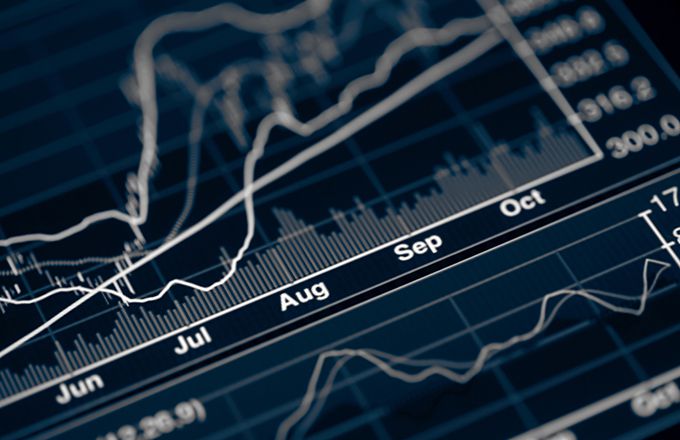[ad_1]
Conagra Brands, Inc. (CAG) makes processed and packaged foods for grocery stores. The stock closed Tuesday, March 19, at $22.81, up 6.8% so far in 2019 and up 12.8% since trading as low as $20.22 on Dec. 26. Even so, Conagra is in bear market territory at 42.2% below its June 21, 2018, high at $39.43.
You would think that the strong economy and consumer spending would result in demand for snacks and refrigerated and frozen foods. Folks going out to eat at restaurants should help Conagra, as the company provides edibles to eateries under its Foodservice segment. Conagra also provides Commercial Foods under private label agreements.
Analysts expect Conagra to report earnings per share of 48 cents when it releases results before the opening bell on Thursday, March 21. The company beat estimates in three of the past four quarters. Conagra purchased Pinnacle Foods in October, which should provide longer-term benefits, particularly in the frozen foods. Angie’s Artisan Treats adds to Conagra’s line of snack foods. Guidance on the balance of the lines of products will be important to observe.
The daily chart for Conagra
The daily chart for Conagra shows that the stock remains influenced by a “death cross” that formed on Aug. 23, when the 50-day simple moving average declined below the 200-day simple moving average to indicate that lower prices would follow.
The Dec. 31 close of $21.36 was an important input to my proprietary analytics. This resulted in my quarterly risky level at $26.41 and my semiannual and annual risky levels at $37.43 and $38.14, respectively. The close of $23.37 on Feb. 28 was the latest input to my analytics and resulted in my monthly pivot at $23.18.
The weekly chart for Conagra
The weekly chart for Conagra is neutral, with the stock below its five-week modified moving average of $23.23 and well below its 200-week simple moving average, or “reversion to the mean,” at $34.67. Note how the stock has been below the “reversion to the mean” since the week of Nov. 16.
The 12 x 3 x 3 weekly slow stochastic reading is projected to rise to 34.78 this week, up from 27.60 on March 15. At the low at the end of December, this measure was at 8.81, with a reading below 10.00 making the stock “too cheap to ignore.”
Trading strategy: Buy Conagra with the stock between its 50-day simple moving average at $22.44 and its monthly pivot at $23.18. Reduce holdings on strength to my quarterly risky level at $26.41.
How to use my value levels and risky levels: My value levels and risky levels are based upon the last nine weekly, monthly, quarterly, semiannual and annual closes. The first set of levels was based upon the closes on Dec. 31. The original quarterly, semiannual and annual levels remain in play. The weekly level is changed each week; the monthly level was changed at the end of January and February.
My theory is that nine years of volatility between closes are enough to assume that all possible bullish or bearish events for the stock are factored in. To capture share price volatility, investors should buy on weakness to a value level and reduce holdings on strength to a risky level. A pivot is a value level or risky level that was violated within its time horizon. Pivots act as magnets that have a high probability of being tested again before their time horizon expires.
How to use 12 x 3 x 3 weekly slow stochastic readings: My choice of using 12 x 3 x 3 weekly slow stochastic readings was based upon backtesting many methods of reading share-price momentum with the objective of finding the combination that resulted in the fewest false signals. I did this following the stock market crash of 1987, so I have been happy with the results for more than 30 years.
The stochastic reading covers the last 12 weeks of highs, lows and closes for the stock. There is a raw calculation of the differences between the highest high and lowest low versus the closes. These levels are modified to a fast reading and a slow reading, and I found that the slow reading worked the best.
The stochastic reading scales between 00.00 and 100.00, with readings above 80.00 considered overbought and readings below 20.00 considered oversold. Recently, I noted that stocks tend to peak and decline 10% to 20% and more shortly after a reading rises above 90.00, so I call that an “inflating parabolic bubble,” as a bubble always pops. I also call refer to a reading below 10.00 as “too cheap to ignore.”
Disclosure: The author has no positions in any stocks mentioned and no plans to initiate any positions within the next 72 hours.
[ad_2]
Source link Google News

